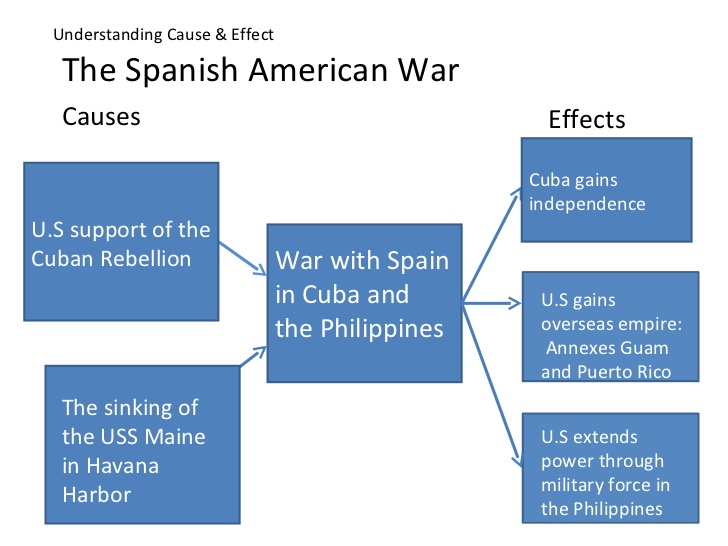“Right to Vote” is recognized as the key right of any citizen in any democratic country. People can easily be abused without this right. This was exactly happening to African American people who were living in the South after Civil War Reconstruction. Black people’s right to vote is labeled as Black suffrage in the literature. It has long been a vital problem in black minority countries. Before the civil war, black people did not gain the right to vote in the US. The 15th Amendment granted the black people right to vote. Jim Crow segregation laws were the laws to enforce racial segregation across the South during 1870s-19602. These were established by white southerners. According to the Jim Crow system, “colored” and “whites only” signs proliferated across the south at public schools, universities, swimming pools, movie theaters, bus waiting areas, restrooms and water fountains. Any African American who risked to challenge segregation faced violent reprisal or got arrested. In the Ferguson vs. Plessy decision, the Court declared Jim Crow segregation legal in 1896 (Mack, Kenneth W, 1999).
The key cause of Jim Crow laws was the ratification of the 13th Amendment which abolished slavery in the US. Southern white people were much divided in the 1870s as some said: “We have got to go out and out vote these African Americans” ( Morris, Aldon D, 1986). While others were saying that we are a majority in numbers so if the black people got united to vote against us we could still keep control. Following World War II, this segregation law came under increasing attack. Additionally, President Truman issued a command in which he officially desegregated the US armed forces in 1948. The end of Jim Crow law took place when Plessy’s decision was overturned in the case of the Education board and brown. The Court ruled that the segregated facilities were unequal inherently. So these laws were dismantled step by step but thanks to the work of the Civil Rights Movement.
Causes and Effects of the Spanish American War
Spanish-American War (1898) was a conflict between Spain and the US that terminated Spanish colonial law in the US and resulted in the US getting hold of lands in Latin America and the western Pacific. According to literature, this conflict was caused by a number of events building up in Cuba which had been one of the oldest colonies of Spain. It was originated in February 1895 with the independence struggle by Cuban from Spanish. After the savage 10 Years War, the Sympathy for the Cuban insurgent ran high in the US (Cirillo, Vincent J, 2000). The causes of this conflict can be divided into four key categories. First, Cuban uprising against the Spanish empire. Second, the key interest of the US government in this insurgence because they want to protect its investment in Cuba i.e. sugar plantations. Also, the US wanted to expand in the pacific and Latin America. Thirdly, yellow journalism that intensified public anger at Spain where graphical portrayed were used by the sensational newspapers to get sympathy for the Cuban rebels. The last cause was the flare-up of the U.S.S Maine (Cosmas, Graham A, 1998).
This conflict ended with severe consequences for the Spanish empire. Spain was defeated by the US in three months was the first effect of this conflict. Secondly, Spain recognized the independence of Cuba where the Cuban economy and politics were temporarily controlled by the US. Thirdly, Guam, Philippines, and Puerto Rico became the territories of the US. Lastly, the US has emerged as an imperialist world superpower after that conflict. Also, there was great debate occurs about imperialism.
Figure 1: (Fremon, David K,2000)
References
Cirillo, Vincent J. “The Spanish-American war and military radiology.” American Journal of Roentgenology 174.5 (2000): 1233-1239.
Cosmas, Graham A. An Army for Empire: The United States Army in the Spanish-American War. Vol. 59. Texas A&M University Press, 1998.
Fremon, David K. The Jim Crow laws and racism in American history. Enslow Publishers, 2000.
Mack, Kenneth W. “Law, Society, Identity, and the Making of the Jim Crow South: Travel and Segregation on Tennessee Railroads, 1875‐1905.” Law & Social Inquiry 24.2 (1999): 377-409.
Morris, Aldon D. The origins of the civil rights movement. Simon and Schuster, 1986.






